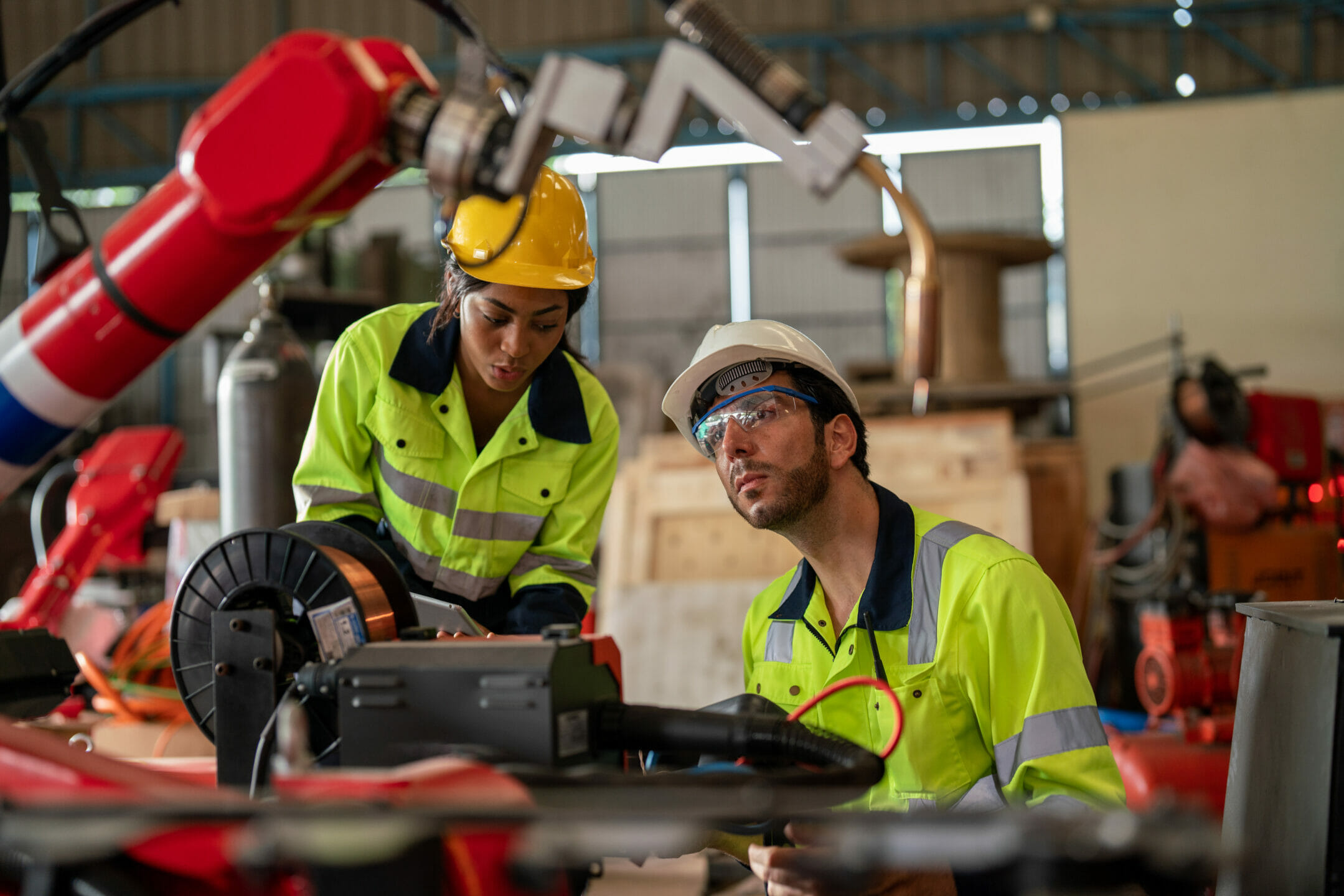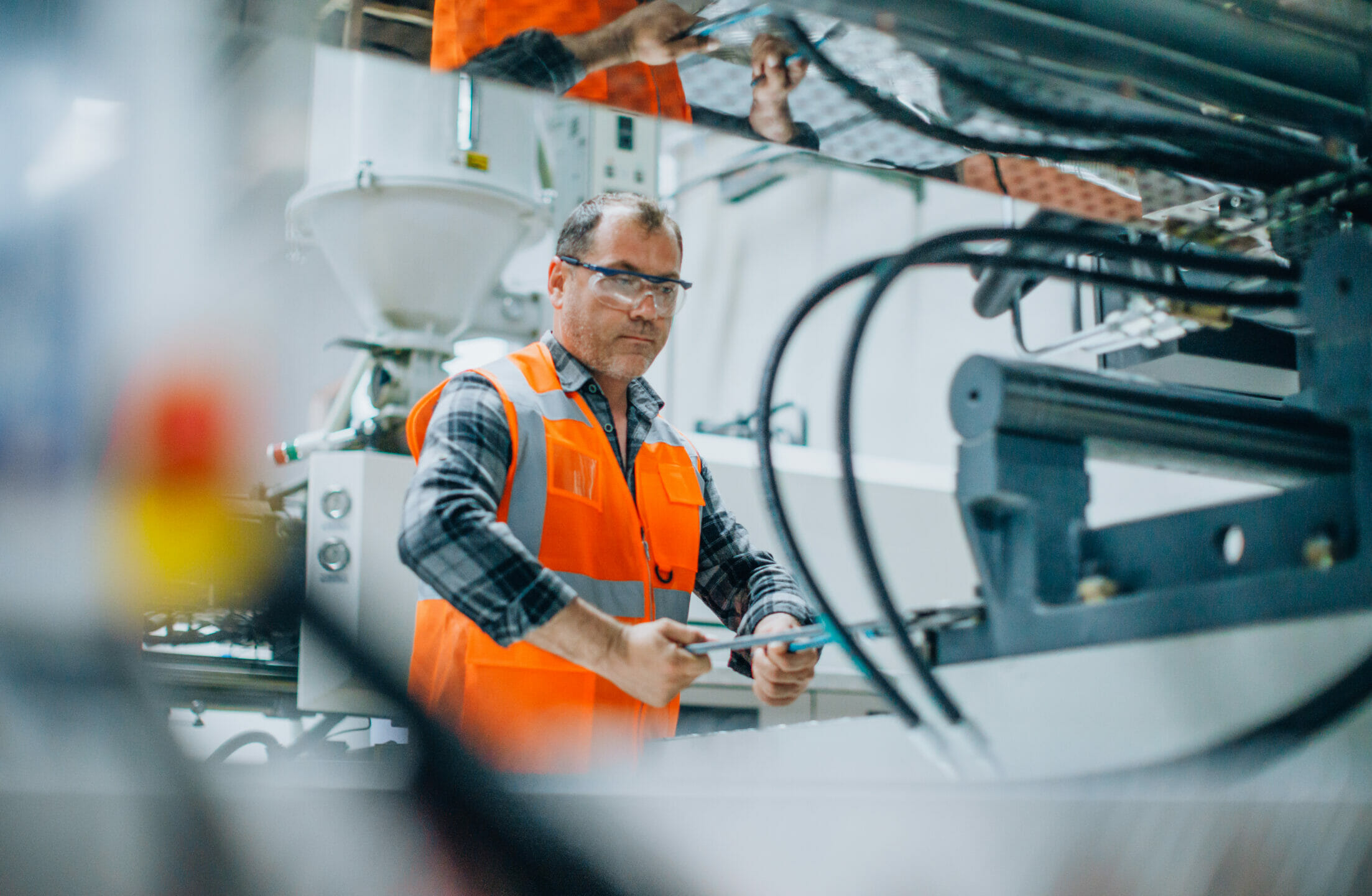The TPM collaborative provided the opportunity to have a direct impact on changing the image of manufacturing, while offering strategies to upskill workers to fill critical positions in the industry, said Toyotetsu Texas Human Resources Manager, Noami Ramirez Campos. Toyotetsu Texas is committed to educational opportunities for all. Our focus ranges from students involved in STEM and/or Engineering programs as well as adult individuals with Intellectual and Developmental Disabilities seeking gainful employment.
Manufacturing Economic Impact
The Challenge
Texas has experienced unparalleled growth in the past decade with a 7% bump in annual GDP and a 10% increase in population. Yet, like many states across the nation, Texas faces significant challenges to fill key roles in its critical industries.
San Antonio is one of the fastest-growing cities in Texas by both population and production of goods. With more than 1,200 new job postings each month and a projected increase of 6% in demand for skilled workers through 2025, San Antonio needs a solution that mobilizes its community members to fill these roles central to the region’s economy and its high-growth target industries.
The Solution
SA WORX—the workforce development arm of greater:SATX, San Antonio’s regional economic development organization—is leading implementation of the Talent Pipeline Management® (TPM) framework to ensure that the region takes a data-driven approach to empower employers in solving their short- to long-term workforce needs. Simultaneously and just as importantly, SA WORX informs the community on the critical skills and training needed to support sustainable growth. Through its SA WORX program, greater:SATX aims to close the gap between supply and demand and build a sustainable workforce for the most in-demand jobs which is critical to both business recruitment and expansion.
TPM has provided a holistic and collaborative process for greater:SATX to generate actionable insights and drive solutions that create shared value for learners, workers, education and training partners, and employers. The implementation of TPM proved even more important when voters approved a $200 million investment in the City of San Antonio’s Ready to Work program in late 2020. The vote demonstrated community-wide support to invest in the upskilling of San Antonians through training and job placement aligned to high-growth, high-wage jobs.
Contracted by the City of San Antonio to help with employer engagement and occupational demand planning, SA WORX leverages industry relationships, expertise, and established collaboratives to inform the workforce ecosystem. This includes ensuring benefits for the learner and worker by better aligning education and training with upwardly mobile careers.

Manufacturing Paves the Way
Manufacturing is vital to the San Antonio region and encompasses every major sector, including automotive, aerospace, and food and beverage. Manufacturing has an annual economic impact of more than $40 billion with more than 54,000 of the region’s population employed by this industry,
a number that is steadily increasing.
As their TPM efforts kicked off, SA WORX brought together 19 manufacturing employers that, combined, currently employ thousands of workers with the potential of hiring thousands more. The first step was to connect employers with training providers to increase the number of qualified applicants that can fill these skilled worker roles. The employers began by uncovering some of the primary root causes that have led to so many unfilled manufacturing jobs in the region, such as training capacity issues, low quantities of candidates, misperceptions about the industry, and a lack of awareness of career opportunities. Through demand planning surveys, employers identified entry-level operator and maintenance technician roles as critical to operational and immediate pipeline development needs. Combined, these roles account for close to 5,000 new positions and 6,500 replacement positions over the next two years among the manufacturing collaborative employers.
This TPM demand planning provided the real-time, regional, actionable data needed for this employee collaborative to take this information to the local community college district, Alamo Colleges, to justify the need for TX FAME (Federation for Advanced Manufacturing Education), and expansion to a second campus to support an additional cohort. The data exposed the sense of urgency needed to fill its current and projected job growth. The manufacturing employers in the collaborative were empowered by the demand data to influence the supply side. These projections supported the need to approach provider partners about developing an additional apprenticeship cohort at a new campus for advanced manufacturing technicians, as well as the need to look beyond one campus for new training locations and options for other programs.
Improving Awareness, Closing the Skills Gap
Employers agreed that increasing career awareness and addressing industry perceptions was an important starting point to impact the skills gap and worker shortage. Entry-level manufacturing jobs provide stable career pathways, with an average industry salary of $86,000 and ample opportunities to grow in the field. To combat the lack of awareness, SA WORX and the TPM collaborative will engage the region’s K–12 partners to develop educator externships as one tactic to increase awareness of manufacturing careers and the skills needed to fill those jobs so that they can be better stewards of the information for their students’ benefit.
Aside from launching new externship programs, SA WORX will seek to expand existing internship and job shadow programs. Over the last year, SA WORX partnered with 21 manufacturing employers to provide in-person and virtual opportunities for more than 900 high school students. Internship and extended work-based learning opportunities still remain the preferred opportunity for students, but in-person and virtual job shadows provide direct access to see, touch, and feel the experience of working in a manufacturing career. As a result, participating companies have either hired or committed to interviewing high school students brought in by the SA WORX internship and job shadow programs.
Stephanie Garcia, an analyst at one of the participating companies, Toyota Motor Manufacturing Texas, has been pleased with the initiative’s success: “We have committed to STEM education as it applies to workforce development, and SA WORX has been instrumental in connecting education partners with our industry. We see SA WORX as an invaluable business partner to our San Antonio operations.”
In addition, one employer collaborative member learned about a hidden workforce success story from a peer and was willing to look outside the confines of traditional education to connect with talent and seek those impacted by the criminal justice system. A partnership formed between the employer and a justice-involved workforce agency to develop best practices, enhance onboarding, and offer continued resources and accommodations to ensure retention barriers were reduced and career pathways were made available for this talent pool. The justice-involved workforce agency sees around an 80–90% retention rate over the first 90 days of employment, while many employers report 70% or much lower for “traditional” candidates.

Looking to the Future
The regionally focused TPM efforts continue to combine employer engagement and data-driven inputs to develop actionable strategies that will fuel a sustainable workforce pipeline for San Antonio. With the success of the manufacturing collaborative thus far, SA WORX has expanded its scope to include four other critical industries: Healthcare, Construction, Finance, and Information Technology/Cyber. Each industry collaborative is tailored to their specific jobs needs and initiatives. This level of scale of the TPM process across five industries at once is unprecedented for a region and will have a tremendous impact on the workforce readiness of San Antonio’s diverse industries—providing career exploration opportunities, enhanced onboarding, and improved retention. Maggie Smith, vice president of human resources at Methodist Hospital is positive about the future impact of the effort: “Through this collaborative, we have been able to partner with our industry peers, key community stakeholders, and educational institutions in a shared vision to create a balanced and comprehensive approach to solving our talent pipeline challenges. I anticipate that through this work we will be able to establish a stronger and more stable talent pipeline to support the needs of the healthcare and bioscience organizations that serve our community,” said Smith.
Tony Magaro, vice president of Human Resources at the Southwest Research Institute, a leader in innovation in science and technology, underscored the importance of perspective when asked about the impact that the TPM collaborative has had on his hiring policies, “Understanding the issues faced by separate companies/industries with the same employment needs (many of which are similar across companies) is an asset to the group’s collaboration in developing successful strategies. The addition of individuals representing education and workforce analytics in the conversation serves to better understand the complexity of the issues faced.”
The future of workforce development in San Antonio is an excellent bellwether for the progress that can be made by bringing together employers, educators, and providers to address overarching and systemic workforce issues that are not readily solved by one program.
For more information, visit greatersatx.com/solving-regional-workforce-needs/ or contact greater:SATX at saworx@greatersatx.com.
